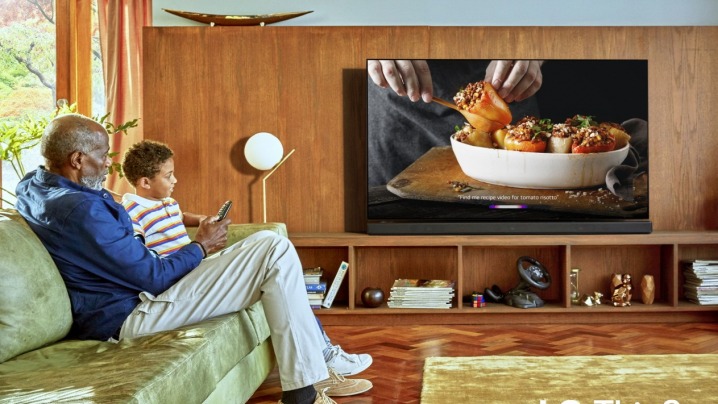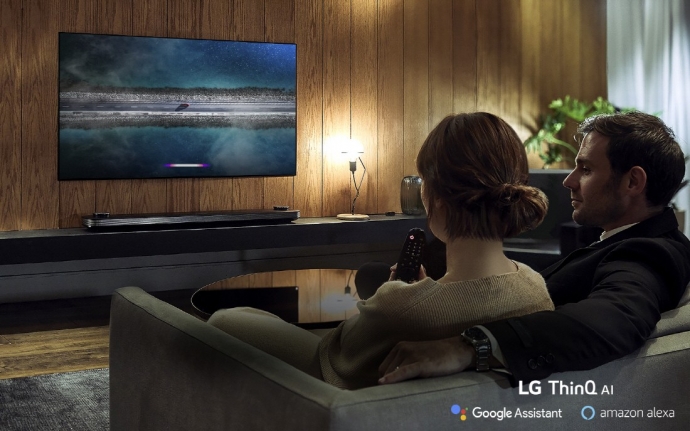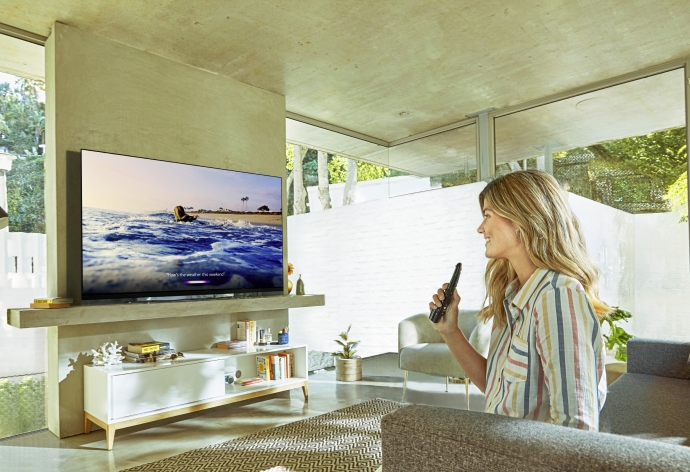Just prior to the 2019 Consumer Electronics Show (CES) beginning next week, LG has announced that its newest line of OLED and LCD TVs will deliver True 4K (UHD) at 120 Hz refresh rate and VRR via HDMI 2.1 input ability. These chips are 48 gbps-capable and custom-built by Synopsis, allowing LG to beat others to market. Bravo! This is why competition is great.
This includes FreeSync 2, thankfully, the open standards-based variable refresh rate technology (VRR) for gaming, which will benefit smoothness tremendously as PCs, and consoles especially, struggle to maintain high FPS at 4K resolution. This would be a first for OLED.
Automatic low-latency mode is also present (ALLM) to reduce input lag to a very respectable 13ms without the need to futz around with the remote when you start up your games. These features only work on Xbox One, as yet, sadly. Sony, get your act in gear! It should be theoretically possible to add VRR to PS4 via firmware update, since FreeSync support has been built in to the GCN GPUs present even in the original PS4 model.
HDMI 2.1 also supports eARC so you can stream Dolby Atmos content directly to the TV and have it output only the audio signal back to your receiver or soundbar.
HDR performance should be stellar on their OLED models, Z9, W9, E9 and C3, thanks to amazing native contrast ratios with perfect blacks, while their LCD sets, the SM99 and SM8X should do well enough with higher peak nits.
The Z9 OLED line is available at 8K as well, up to a massive 88 inches, while the 8K SM99 LCD tops out at 75 inches. Home Theater projectors are perhaps not long for this world at the rate TVs are getting bigger, better, and cheaper every year.
The list of HDR formats supported are: HDR10 (though not HDR10+), Dolby Vision, Hybrid-Log Gamma (HLG), and Advanced HDR. I presume HDR10+ can be trivially added but LG chooses not to for commercial reasons, as HDR10+ seems to be a Samsung favorite. Dolby Vision’s dynamic metadata solution is superior anyway, frankly, although still a tad disappointing.
LG’s new embedded chips support High Frame Rate (HFR) video and a unique machine learning (ML) algorithm called ThinQ, used for various image-quality (and audio) enhancements. This use of AI is a trend begun last year with Samsung’s AI-upscaling tech in their 8K TVs, which is practically necessary to take advantage of 8K due to lack of native content for it, so we look forward to first-hand impressions from Mark on the show floor next week.
These TVs also support black frame insertion in 4ms persistence increments, bringing a Clear Motion Ratio equivalent of 240Hz for 120fps material.
Further discussion can be found here at Ars Technica, and AVS Forum, including comments on potential OLED low-persistence modes by our very own Chief Blur Buster, Mark Rejhon.
2019 is turning out to be a great year to finally splurge on that 4K 120 Hz OLED TV! Now, if I could only get my GeForce RTX 2080 to work on an VRR OLED… Wink, Wink.








